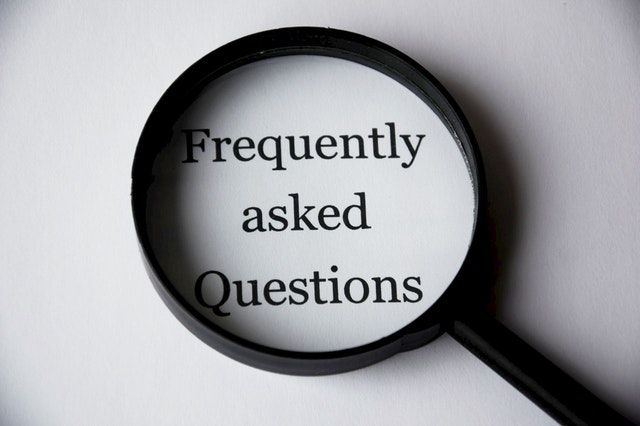Fun activities in the workplace can often improve employee engagement. When these are mandated or poorly concocted, however, the fun can actually be counterproductive and reduce overall morale.
Some companies have used fun activities as a way to recruit new employees. It is used to increase customer engagement and even to help leverage social media opportunities. But is this fun really effective if it is mandated rather than grown more spontaneously?
Some examples of the fun activities I’m speaking of include:
- TD Bank, the American arm of Canada’s Toronto Dominion, has a “Wow!” department that sends out teams in costumes to “surprise and delight” successful workers.
- Google offers employees volleyball courts, roller hockey and bicycle paths to encourage hanging out longer in the workplace.
- The London branch of Red Bull recently installed a slide in its office.
- Acclaris, an IT company, has a “chief fun officer.”
- Twitter claims one of its core values as creating “fun and a little weirdness.”
- Zappos encourages workers to form noisy conga lines and then single out an individual colleague for praise, whereupon the person must wear a silly hat for a week.
What is it about fun that makes it necessary for employers to create it for us? Is this due to much of the younger workforce having had so many structured fun activities as children: heavily scheduled playdates by helicopter mothers, overly supervised slumber parties, too little downtime between extracurricular activities?
Encouraging employees to have fun while at work is all well and good, but this shouldn’t be a requirement. And what that fun looks like should not be decided by public relations or human resources departments in isolation of rank and file employees.
There are many ways employees can find more joy in their work. The most basic are not so much fun and games, as they are simply more supportive of the workers.
Fostering an environment where people feel empowered to do their best work should be executed long before efforts on creating fun. These can include such sensible things as:
Safe Environment – Ensure that every employee feels physically and emotionally safe to execute his or her job function. If employees are more concerned about their personal safety, they are not going to be able to enjoy any fun activities.
Open Communication – Provide the opportunity for every employee to feel free to speak with others throughout the organization. Keep an open door policy so that all ideas and concerns—both positive and not so positive can be heard.
Meaningful Values – Netflix includes nine behaviors and skills that they value in all employees: judgment, communication, impact, curiosity, innovation, courage, passion, honesty, selflessness. Working around people that embody these nine values would trump all fun activities for me.
Team Building – Provide opportunities where people can bond on topics outside the work they do. This can often be loads of fun with extremely powerful benefit of building trust and teamwork.
Advancement Opportunities – Ensure there is a career path for every employee so that expectations can be met and incentives exist to encourage moving up in the organization.
Flex Time – Perhaps the most fun employees can have is in first ensuring that their personal lives and families are taken into consideration. This could ultimately mean that an employee does not want to have fun at work if it means additional time away from his or her family.
These things will certainly help employees feel more joy in the workplace, which can result in higher employee engagement. They are also likely to improve productivity and that’s the kind of fun we could all use in this economy.



